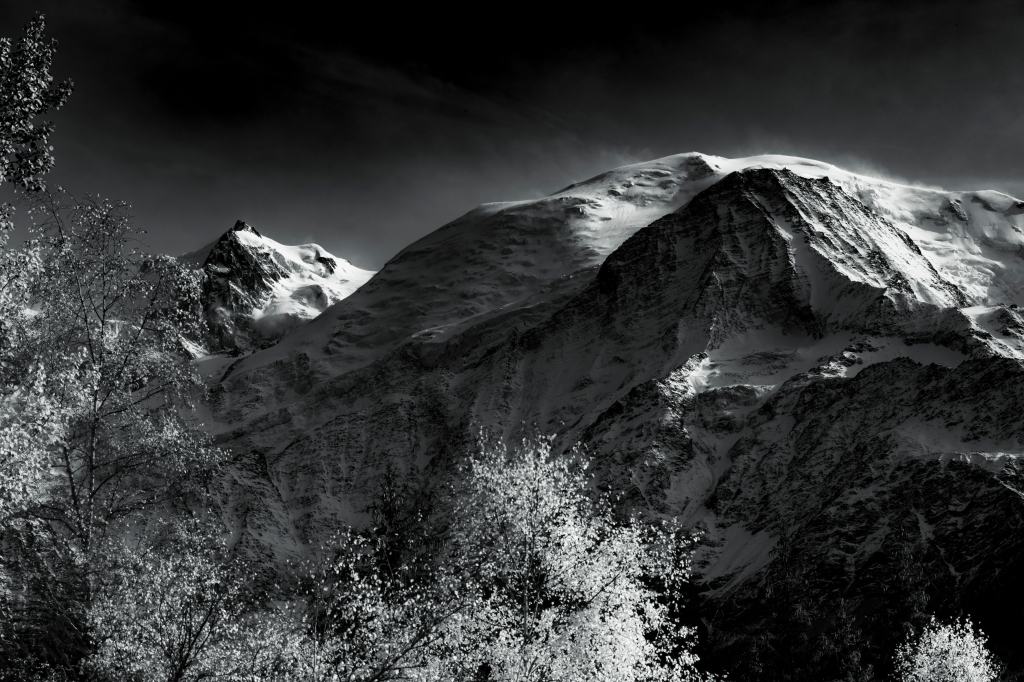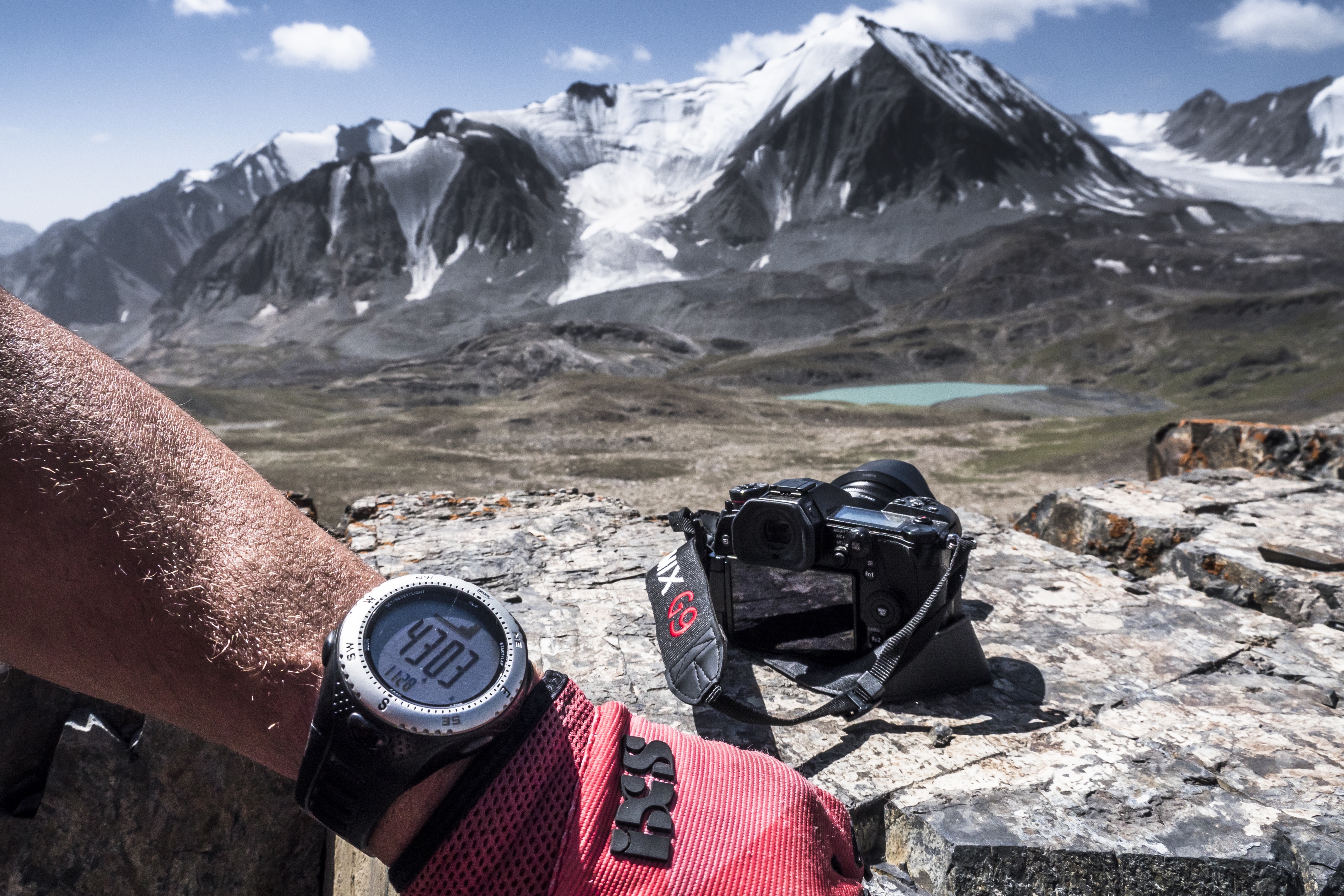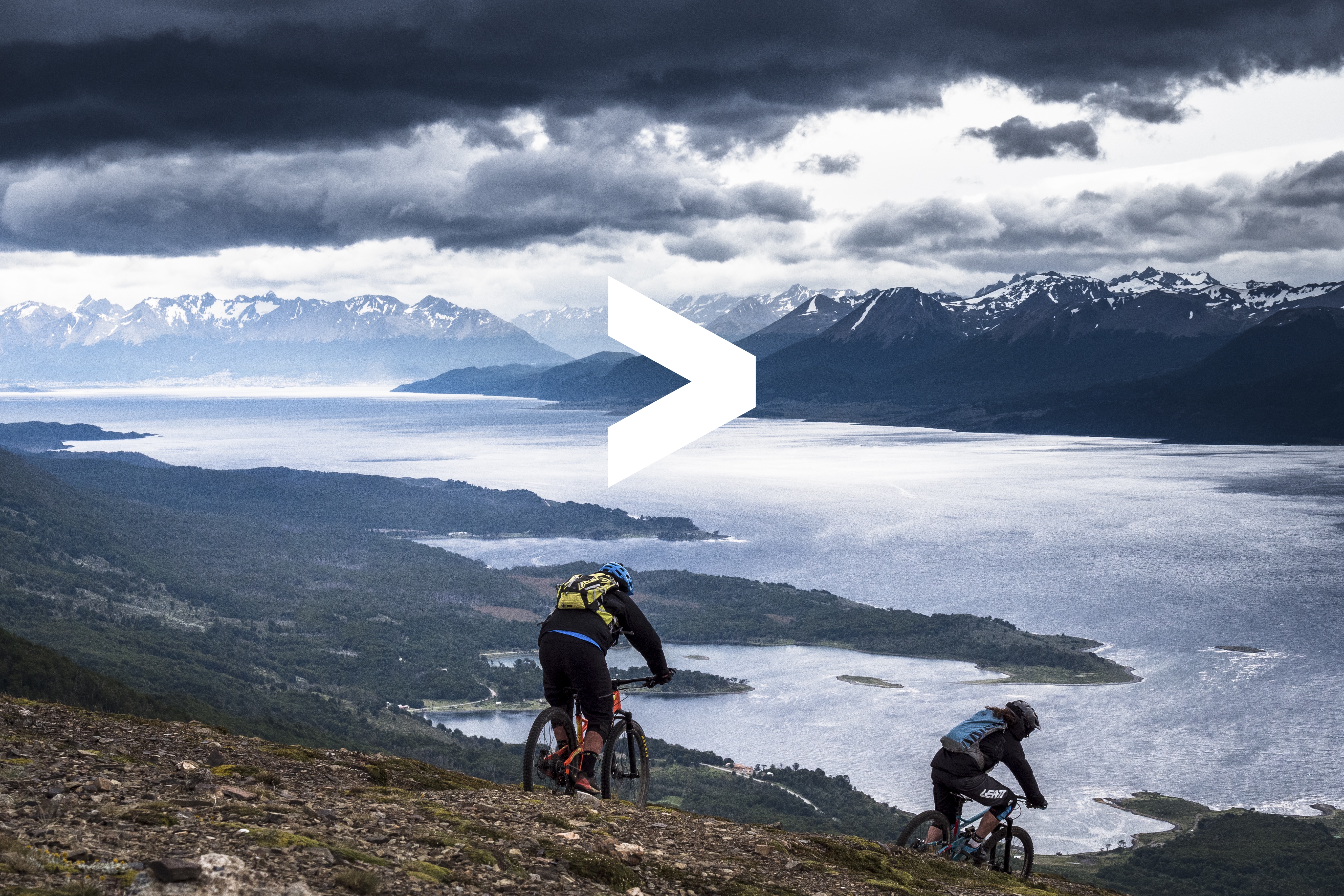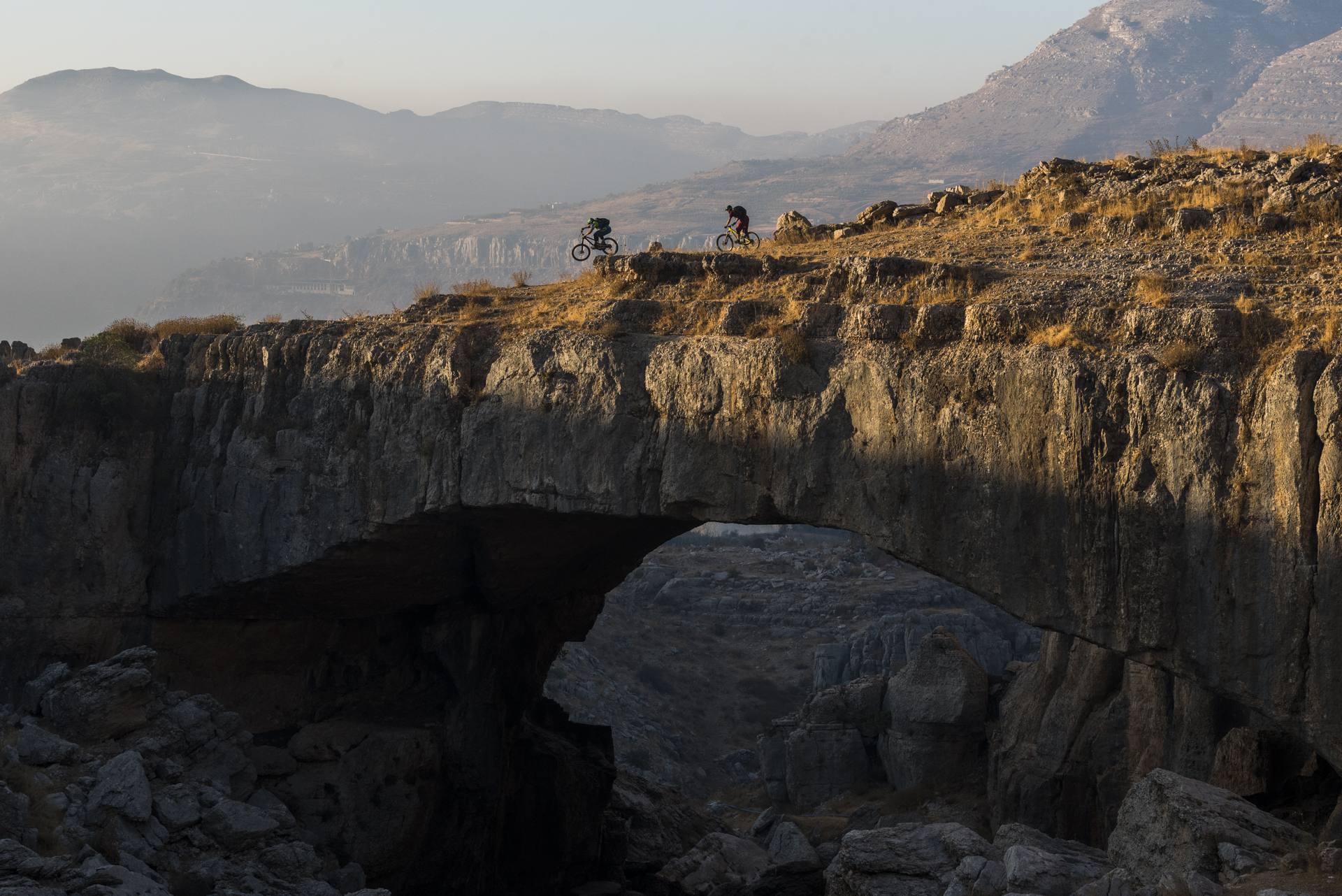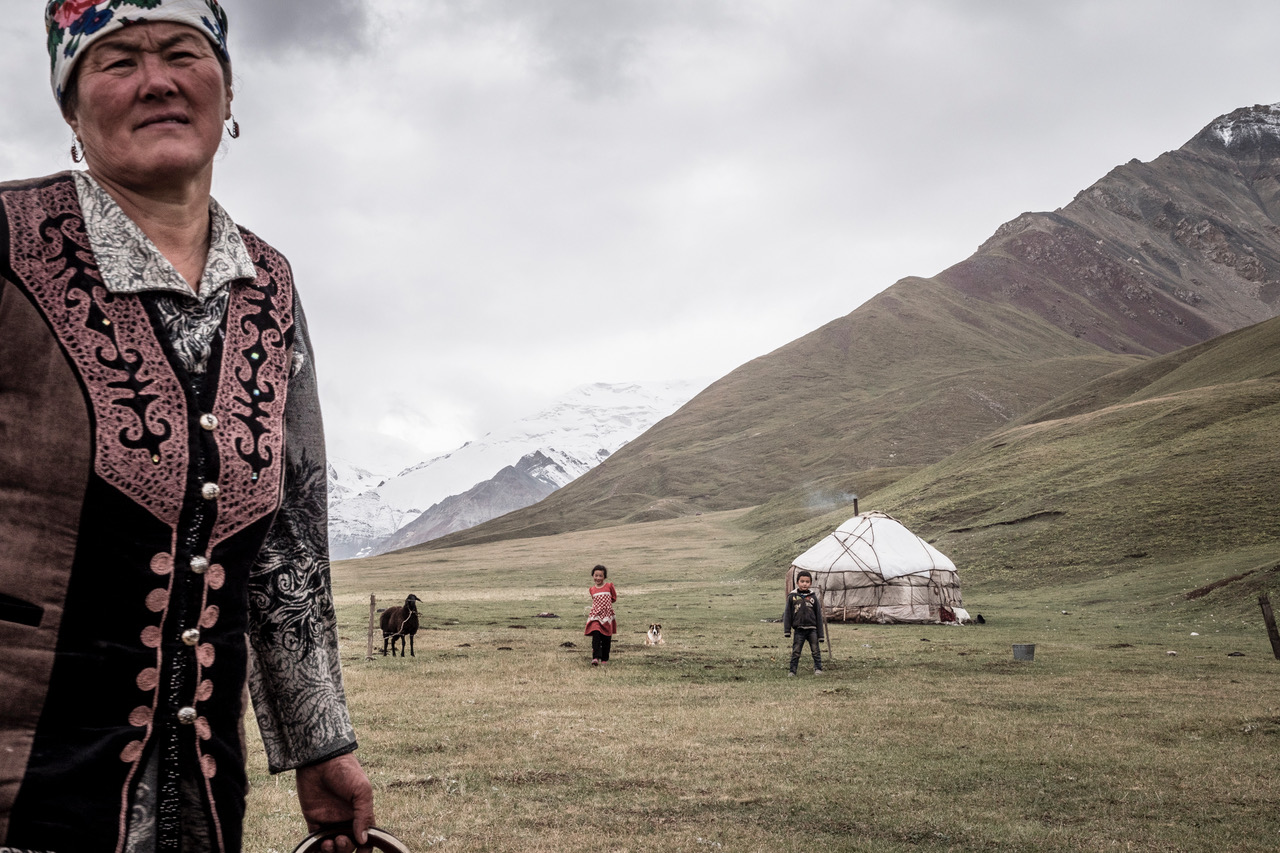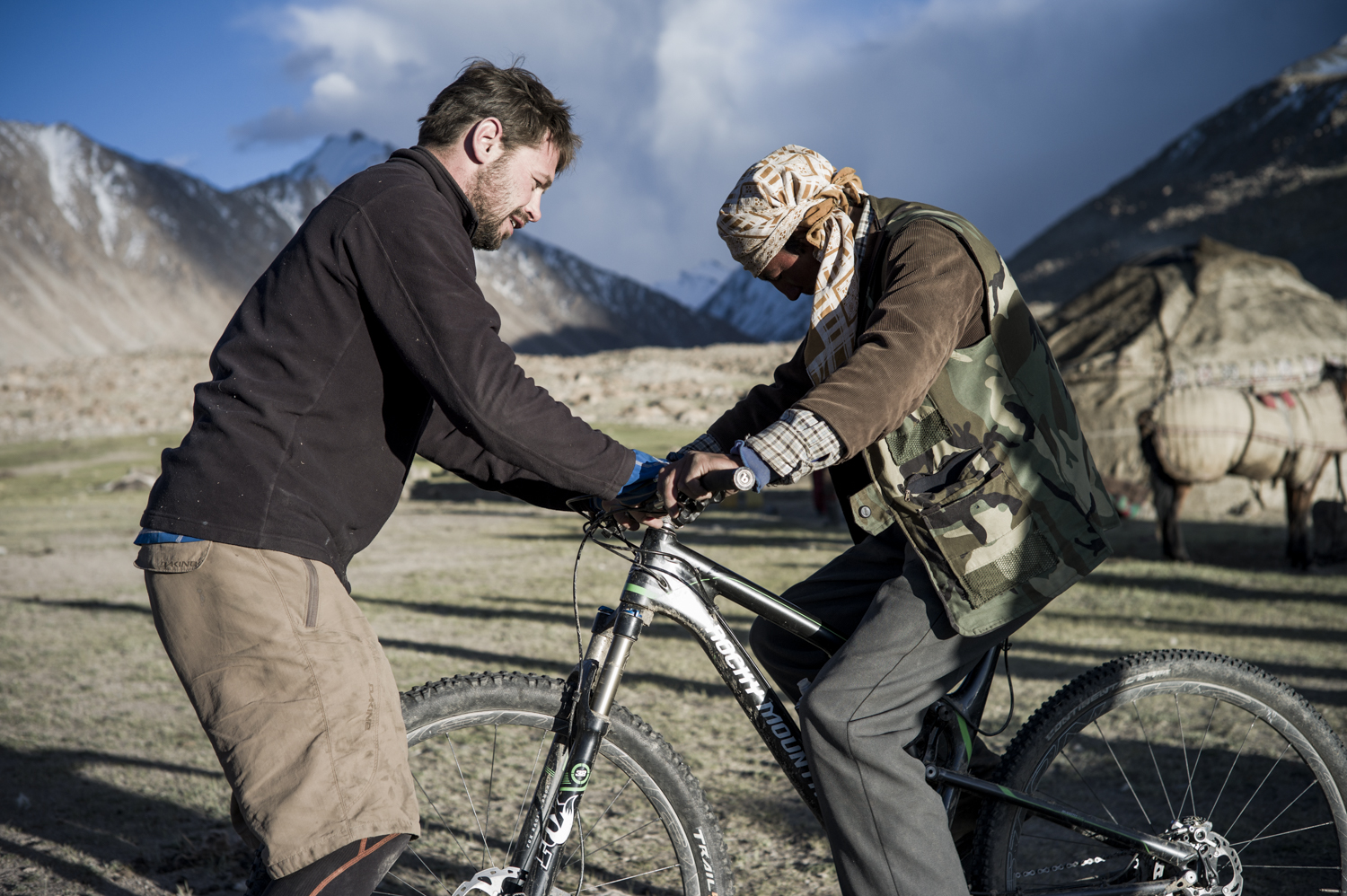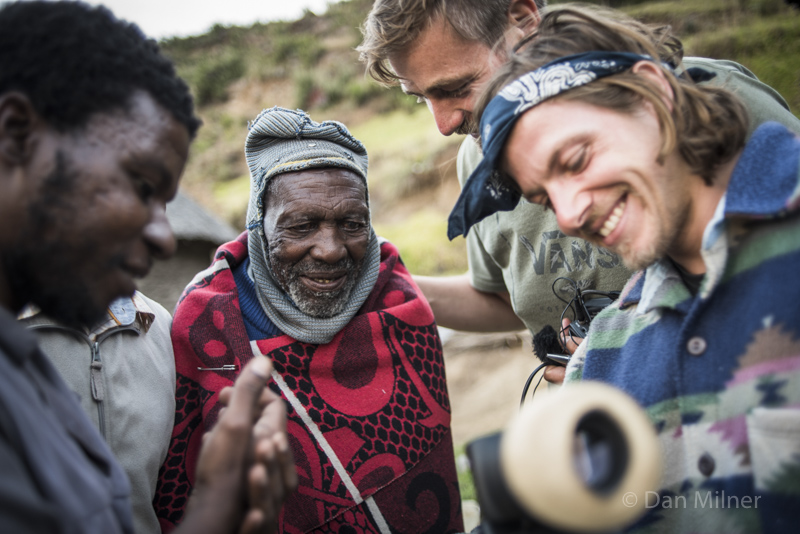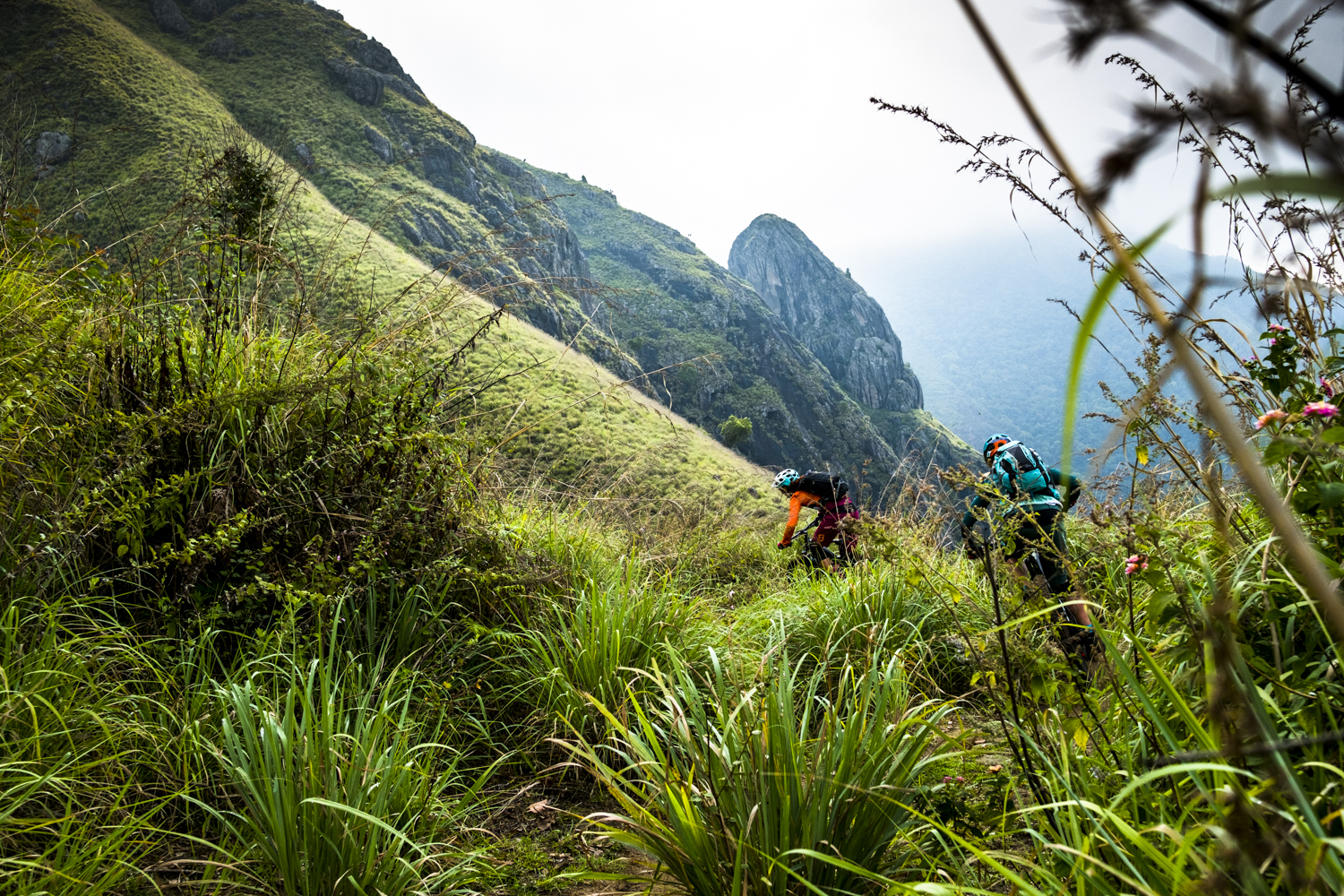
MBUK magazine, January 2019, opening spread.
My feature from our September mountain bike trip to North Korea is starting to turn heads in the press. Some commentators don’t see the merits of a trip to North Korea quite like my team does.
North Korea was always likely to be a contentious destination in some people’s eyes — we knew that when we decided to go. Some people thought us naive, some (largely ignorant) people thought we wouldn’t return. And now we have come back, some want to point out the ‘error of our ways’ in going there, no doubt based on their own received knowledge of this country rather than direct experiences. I expect that, whatever our intentions, there will be other criticism to come and that will play off against the enormous interest in and praise for our efforts, as well as the benefits of the debate and discussion it has created.
So given that this is a contentious trip in some people’s eyes, here are some answers to common questions about why we went, and I hope to provide some insight into my views on the ethical and/or political debate that no doubt exists with some people around our decisions.
Many of the questions below are quoted from the one Instagram critic’s comments and accusations.
Q. “North Korea? There is no glory in that, only shame.”
A. We were not seeking glory and we do not feel shame for going — far from it. I have spent 3 decades of my 52 years of life going to different countries to better understand different people, customs and politics. I travelled through Chile while Pinochet was still dictator and in Nicaragua when the post-revolution Sandinistas held power (first time round, 1989). I’ve met ex-Taliban fighters in Afghanistan and faced a Hezbollah checkpoint in Lebanon. I’ve spent time in Russia and Kashmir and Pakistan. The world is awash with potentially contentious places to visit, but my agenda is to try to find a common humanity, to break down barriers and build bridges, however small, between different people (us and them) otherwise divided by political systems. I approached our trip to North Korea with the same hopes and ambitions.

Q. “You are just supporting a country that tortures and murders innocent people.”
A. I believe that far from supporting regimes, the benefits of these trips (achieved through the subsequent sharing of our direct and honest experiences) do more to better the world than further harm it. I travel to places to tell the story as I see and experience it, to see places for myself, rather than absorb and regurgitate whatever an agenda-driven press or a government tell us. I don’t doubt there are serious issues in NK, but this was a journalism trip. The reason behind going was not to produce an advert for the North Korean tourist board, nor did we set out to promote or defend its ideology or system, but to obtain a rare glimpse inside the country. From that opportunity we can tell our story of a visit to North Korea —which may challenge or confirm other people’s preconceptions/opinions : after all we didn’t know what stories and experiences we would come away with.
Q. By going to NK you are just giving credibility to a regime.
A. I think as a traveller to such places it is your responsibility to be aware of its political and social issues. Travel is about broadening the mind, and seeing a place through open eyes and having intentions to learn about the issues surrounding it is part of that. I agree that to travel to NK without any intention to embrace or interpret these issues would be acting irresponsibly as a human. I do not think we did that. Tourists, anywhere, have much more responsibility than they think.
Q. “There is absolutely no way you saw life in North Korea as it is.”
A. I accept that NK wants to show tourists a presentable side of its country and is keen to improve its image —that’s a given (after all every tourist board across the planet has the same objectives). But I believe that during our 12 days spent in 4 very different areas of the country, we saw a fair bit of ‘normal’ life. We were not driven about in a bus with blacked out windows and then herded in and out of only places ‘they’ wanted us to see. The countless sights we saw across the country from our bus windows (during the 20+ hours we drove across parts of the country), or walking the streets in Pyongyang and hiking and riding in the hills and rural areas, were not set up or enacted for us – that would be impossible and ludicrous. I accept that on a trip like this we were not privileged to see ‘behind the scenes’ of many places I’d have liked to – factories, schools (although we did meet another tour group who had visited a school), farms etc, even prisons, and I accept that our own experience is limited for sure, but it was not acutely curated, sculpted and censored as many thought it would be.
Q. “Were you free to roam the streets?
A. Every foreigner is accompanied by 2 guides (or ‘minders’/’fixers’, depending on how you want to look at them). We had our same 2 guides for our group of 4 tourists. We worked hard to plan our own trip and the destinations we wanted to visit/ride and had their tour company organise the logistics to enable us to do it, with mountain biking as our focus. No we were not ‘free to roam’ the streets as such —you cannot go anywhere in public without your guides— but we could walk the streets, and did, and we could suggest where we went, and most of those suggestions were accommodated. The guides showed a surprising flexibility in where we went and what we saw, even finding a way for us to session the Pyongyang skate park on our whim.
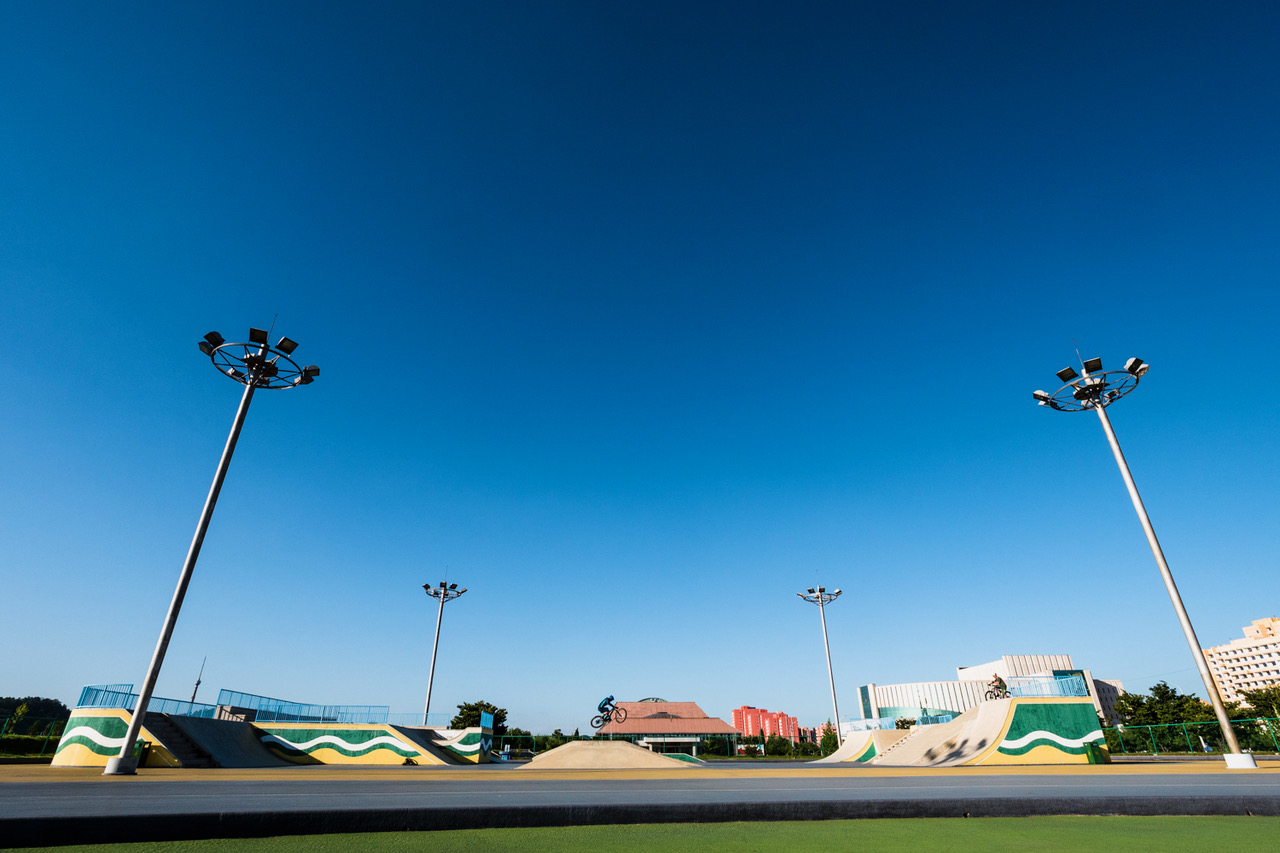
Pyongyang skate park
Q. “I’d even be surprised if you met any real citizens.”
A. Our guides were ‘real citizens’. We spent 3 days in Pyongyang and walked through parks and along streets and traveled on its underground alongside everyday regular citizens on their way to or from work and during the 70thanniversary celebrations. We rode paths in the mountains and met groups of day-hikers, who laughed and cheered our endeavours. We drunk beer in a microbrew alongside suited men, shared a swimming pool with teenage lads who were just messing about instead of honing their swimming techniques, we cheered on a volleyball game on a beach and were invited to join in a beer and karaoke party under a bridge. And we saw workers toiling by hand on roads, in public gardens, fields and in construction. If by ‘real citizens’ you mean the general public then we mingled with them, but it is hard to “meet” people in NK unless they are in the service industry — guides, waiting staff, hotel clerks etc. After all you don’t usually ‘meet real citizens’ much anywhere else you travel, unless in a bar. The North Koreans are reserved and there is a very real language barrier – we don’t speak Korean, they don’t speak English. But we had many encounters and we were not prevented from trying to talk with them when we did.
Q: “You certainly did not get to ‘see for yourself’ any of the realities these people endure. Did you see any starving people?”
A. I don’t know if any of the people we saw were ‘starving.’ I have seen starving people in other parts f the world. We saw many thin people, and no fat people at all. But it’s worth noting that I wouldn’t usually see the realities people endure in poor parts of the U.K. or the USA either, unless they invite me into their houses or places of work, but it seems acceptable for me to report from there without attracting criticism.
Q. “Did you see any work camps or torture chambers?”
A. No we didn’t. However I don’t usually see prisons on any of my mountain bike trips, thankfully. I would love to travel to NK to photograph a more in-depth study of some deeper issues, but our trip was spearheaded by looking for mountain biking opportunities and photographing them. That’s not to say we were blinkered, only to put our trip in context. There are plenty of other photographers recording the social political realities of NK. Try Carl de Keyzer.
Q. “How could you say this is journalism? You most certainly were chaperoned by military personnel”
A. The story we came back with is an honest and factual representation of our experiences, albeit shaped by mountain biking. We were not chaperoned by military personnel, but by civilian guides employed by a state-run tour company. The itinerary we followed was requested and directed by us, with an amazing (and surprising) amount of flexibility shown by our guides, including an overnight bivouac up a mountain a long way from any spying eyes. Some gaps in our proposed timeline were filled in by our guides’ ideas of places that might be of cultural interest —monuments etc, (that also helped them tick their role of educating us on ‘their’ history of NK.)
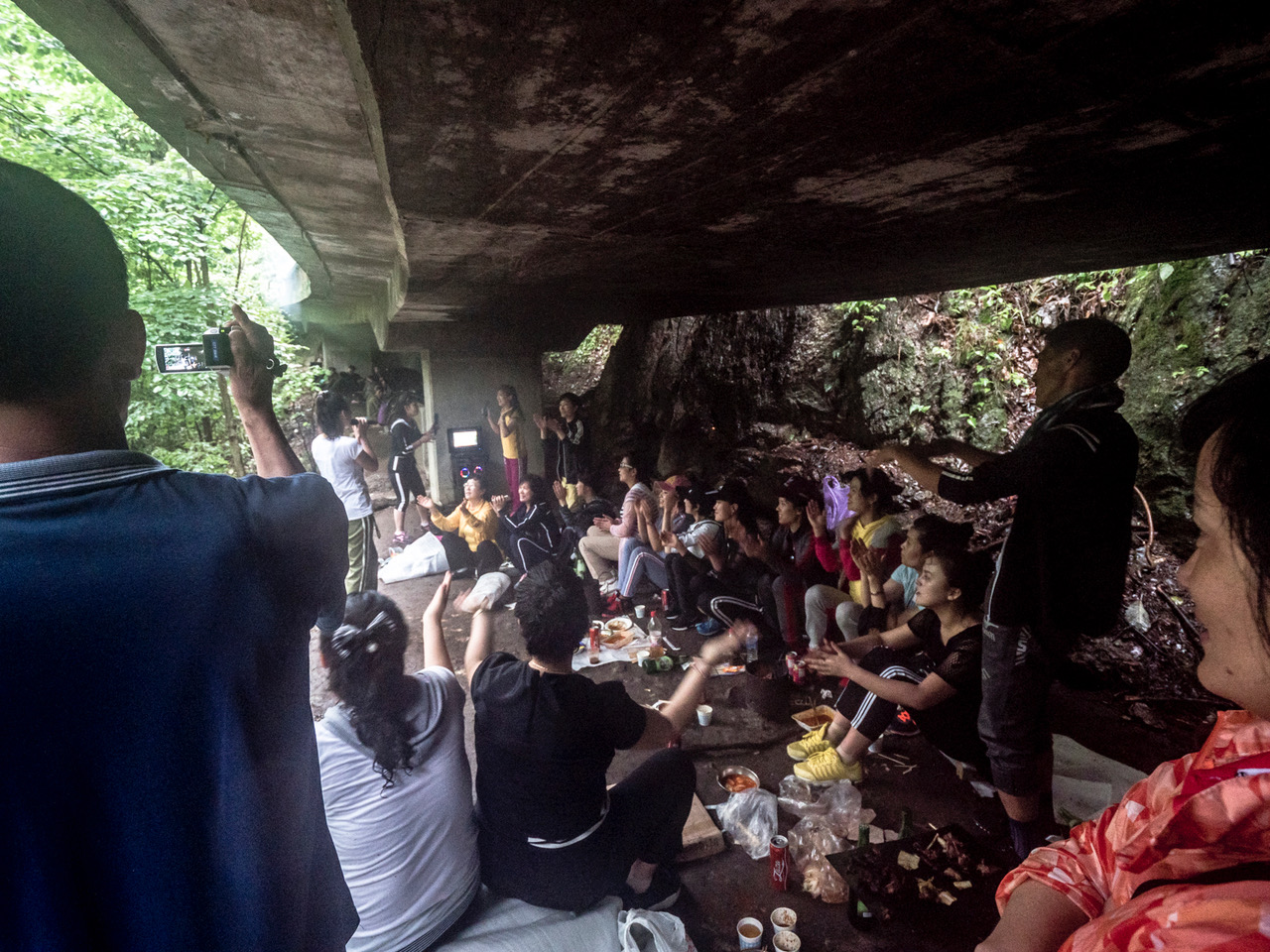
A Sunday BBQ and karaoke party we stumbled across under a bridge in the rain, and were immediately invited to join.
Q. “You were only allowed to take approved photos (which was probably only mountains and trees)”
A. Actually I was allowed to take photos of anything I wished, but not military personnel — a sensitivity I think you’d find in most countries. The only other time I was asked not to take a photo was of an old ice-cream vending machine, as this was considered ‘old and ugly’. The North Koreans, like many South-East Asians, are very aware and proud of their appearance and how it is perceived by others. I did take pictures of mountains and trees too, and usually they had bikes in them. One local guide was more sensitive and was not so keen on us photographing some everyday sights that “could be used as negative propaganda against the DPRK”, for example people working on the roads in basic conditions, people driving oxen – in fact the sort of scenes that are everyday sights across much of Asia.

Tourists want selfies, everywhere nowadays.
Q. “Did you take any pictures of propaganda posters?
A. Yes I took many pictures of many propaganda posters. They are fascinating and are a must-snap romantic subject matter for any western photographer whether they appreciate the message contained within them or not. By comparison, over 12 days I only saw 1 product advertising billboard (for a state made family car). Some would argue this absence of marketing reflects poor material wealth and a deprivation of freedoms of choice etc, but that depends on your background, wealth, the system you live under and what choices are on offer. What this propaganda poster vs billboard disparity did drive home is an appreciation that their political system is completely different from ours. While their leading ideology (called Juche) relies heavily on ‘unity’, all-for-one-and one-for all symbiosis, and the ‘common good’, our western ideology is largely unified by consumerism and the desire to better ourselves in spite of, and often to the detriment of others. I have not been brainwashed, that’s just the basics of socialism versus capitalism.

Q. “Ask any questions about how the government treats its people?”
A. The honest answer is ‘no’ at least if you are asking if we queried their human rights record. While interested in such topics, we avoided such direct questions because: 1. We believe that we would have received subjective, party-line answers concurrent with our status as visiting tourists rather than as UN inspectors (so why bother asking?), and 2. Our trip was shaped as an MTB trip and so our initial priorities lay in building trust with our guides to enable our mountain biking to happen how, where and when we wanted it to (a large ask, considering that they had never catered for mountain bikers before and didn’t know what to expect). Asking such weighed questions would not garner trust.
We did ask plenty of other questions about civilian life and got explanations about: housing (its free), work (everyone works for the state, 6 days per week), farming (many are collectives), healthcare (its free), schools (free), marriage (its arranged), money (it exists and people get a basic salary for their work), beer (they like it), universities (free), holidays (they get annual holidays), internet (no internet, they have their own DPRK intranet). We also discussed with our guides the topics of freedom of speech, elected officials, relationships and meeting girls, the Trump-Kim Jong Un summit (our guide praised Trump for helping make that happen), consumerism, tourism and more.
Q. “..and the people you may have spoken to were undoubtedly under the watchful eye and ear of the state.”
A. While I am sure the state keeps an eye on its citizens for many reasons there were quite a few moments when we did interact freely with strangers, especially out on the hiking trails. Perhaps this was because here they were away from the ‘eyes and ears’ of the state, or perhaps it was because they are just human and the novelty of seeing 4 mountain bikers was surreal and entertaining as it is in many places devoid of mountain bikers.

Q. “Did you have an independent translator interpret any newspapers, TV, or radio transmissions?”
A. We did not have an ‘independent’ translator. Out guides were our translators. We had to trust the honesty of our guides and work out for ourselves if anything they were telling us was curated in any way towards propaganda. I think I have the experience to spot this. Building up a good rapport with the guides helps to open up honest dialogue. We did try to watch North Korean T.V. in our hotel rooms and we saw and had the headlines of newspapers translated.

Reading the newspapers in the Pyongyang metro
Q. “Meet any citizens that could even afford a bike?”
A. One of our guides had his own mountain bike — a Giant hardtail with city tyres and a pannier rack fitted. I accept that as an official tour guide this guy probably had a decent income by NK standards, but we saw hundreds of other people on bikes in the city and in rural places too (bikes are much more common than privately owned cars, which are rare in NK). We saw plenty of electric city bikes.

Q. “What you may have experienced, besides the adrenaline rush, is a farce and now you [and the media who run your story] are another propaganda tool for the deep dark state of North Korea.”
A. We do not believe the story we are telling is in any way propaganda. It is up to you how you interpret that story, and I am sure whatever we publish will be interpreted in different ways by people who already have their own political stances, stand-fast views and agendas. I am not naive to think that NK is not without its human rights issues, but those same or similar issues exist in countless other countries that most people, perhaps yourself included, would willingly travel to, from Iran to Israel. Read Amnesty International’s annual reports on China and Saudi Arabia and you’ll see overlap with their take on NK, but we support these countries by doggedly continuing to travel to, and trade with, them as they (presently at least) serve our western consumerist needs. How much of our consumerist goods come from China, how much oil from Saudi Arabia?. And what about our arms trade with dozens of countries with atrocious human rights records, because our current model of economics demands it?
Q. “That’s why we have sanctions now, to prevent countries like North Korea from getting into the global market. And then people like you and the clueless media skirt those sanctions by swapping your western cash to Chinese currency and giving it directly to a very well documented oppressive regime.”
A. While sanctions can encourage or force change through a national or trade level, I do not believe that our visit there contravened any of the ambitions of sanctions. Yes, some people (including the US government) argue that all money spent in North Korea helps prop up its regime, and that is a consideration, in the same way as our own taxes could be seen as paying for either schools or bombs without any input into that decision, aside from voting for party X or Y. It is illegal for any US company to engage in any activity that spends money in North Korea and the USA has banned its own citizens from visiting NK (and ironically in my view, in so doing enacted its own censorship). However the E.U. does not have the same sanctions and travel exclusions in place and as an E.U. citizens we did not contravene any of its laws.
Q. “What a cop out… please tell me about human rights abuses in the western world comparable to NK, China, Saudia Arabia etc? Our home countries are indeed much less oppressive and the best example of fairness this world has right now so don’t even think about shitting on it. And this socialist ideology would be more noble of it wasn’t forced through brainwashing, starvation, fear, and violence.”
A. While I agree that ‘Western’ countries enjoy a much cleaner human rights situation (nowadays, not historically) than many countries, we are not totally isolated from human rights abuses. The Black Lives Matter campaign is real, as is War on Want’s anti slavery campaign that highlights sweatshops in the U.K. as much as those in India. And I believe many of our own countries human rights abuses happen abroad, enacted in our names in countries that we are “policing”. This is obviously drifting off topic, but adds context. The ‘West’ is happy to police and act as a self-appointed jury of global standards, morals and rights, based on our own (ie, western) interpretations of good and evil, whether that be regarding religion or political doctrines or economic models. Yes, our countries might be the “best examples of fairness” but I am not “shitting on” them by believing they are not above criticism of some of their domestic and foreign policies. I know NK is an authoritarian state, but I also believe it remains demonised not because of its defensive/offensive military posturing, but largely because of its adherence to a socialist ideology — and that demonisation would disappear if it embraced capitalism and housed our cheap factories. I do not then its human rights record would not even a talking point.
Q. “The point is, you still dont have a direct and honest experience to share with us. You were not exposed to the truth and therefore cannot speak of it. The only thing you did was give thousands of western currency to a murderous regime in return for false propaganda to take back home to share. You’re not a humanitarian, just a peddler of an authoritarian agenda.”
A. I do not pretend to be an expert on North Korea, only my own experiences, impressions and reflections. I would love to chat to ex-pat North Koreans who have left the country, and I’d love to chat more and in greater depth with North Koreans still inside the country who support the system. I have a very real and honest experience to share. The truth is that I saw a country with a fragile system so alien to many of us that few of us can comprehend it. Their system has definite positives for sure, but at what price? Yes I admire the root aspirations and the communal benefits of their socialism, and its longevity against all odds, but I am also acutely aware of the authoritarianism that goes with it.

Q. “Letting you all know the MTB world is appalled by your funding of North Korea’s murderous government. Please explained how you skirted sanctions, how you transferred western currency to Korea?”
A. I’m sorry you feel that, but I am sure you do not speak for the ‘MTB world’. As E.U. citizens we did not ‘skirt sanctions’, but acted entirely within the law and within any UN and E.U. trade restrictions in place, and exercised our rights to travel to NK. We were quoted for and paid our tour company for the trip they organised for us — our tour bus, hotels, food and guiding.
Q. “If you don’t know Otto Wambier, you should look him up and send his mother an apology.”
A. Tragic as that event was, I certainly don’t feel I owe Otto’s mother, or anyone else an apology. Otto’s trip had nothing to do with my own, but I am curious to know the reason why Otto visited NK.
Diatribes apart, I hope this helps you understand what has driven me to make trips to places like North Korea, Afghanistan, Ethiopia, Lebanon and more. Every person seeing media output from our trip will no doubt already have their own political background and allegiances and will interpret both the story and the above Q+A in their own way. One friend believes that our visits to such places are “imperial vanguardism”, that we leave in our wake countless detrimental changes to often fragile systems —be they by introducing desire for consumerism in what is the last remnant of socialism, or encouraging commercial tourism to trample the rainforests of Borneo. But that’s another (worthy) discussion.
I’d argue that we have one world and that we are all interconnected. One person’s pollution is another’s bad drinking water. One country’s defence policy is another one’s threat. I don’t doubt that there are places and people that would be better left alone to exist as they have always done, without our interference (and inevitably the sicknesses, both physical, mental and spiritual that usually accompanies it). But there are also plenty of places that are demonised and feared and form part of the jigsaw of our unstable world. I believe fear and insecurities start with misunderstanding and suspicion. I believe the best way to avoid that is to connect with people, wherever they are, and find common ground as a starting block to break down the barriers with which our world is sadly and detrimentally saddled, not build more.
Catch the full story in Bike Magazin Germany, MBUK, Vojomag, MTB-mag.com, Solo Bici, Spoke NZ, Outside Online, Velo CZ.. and others.




